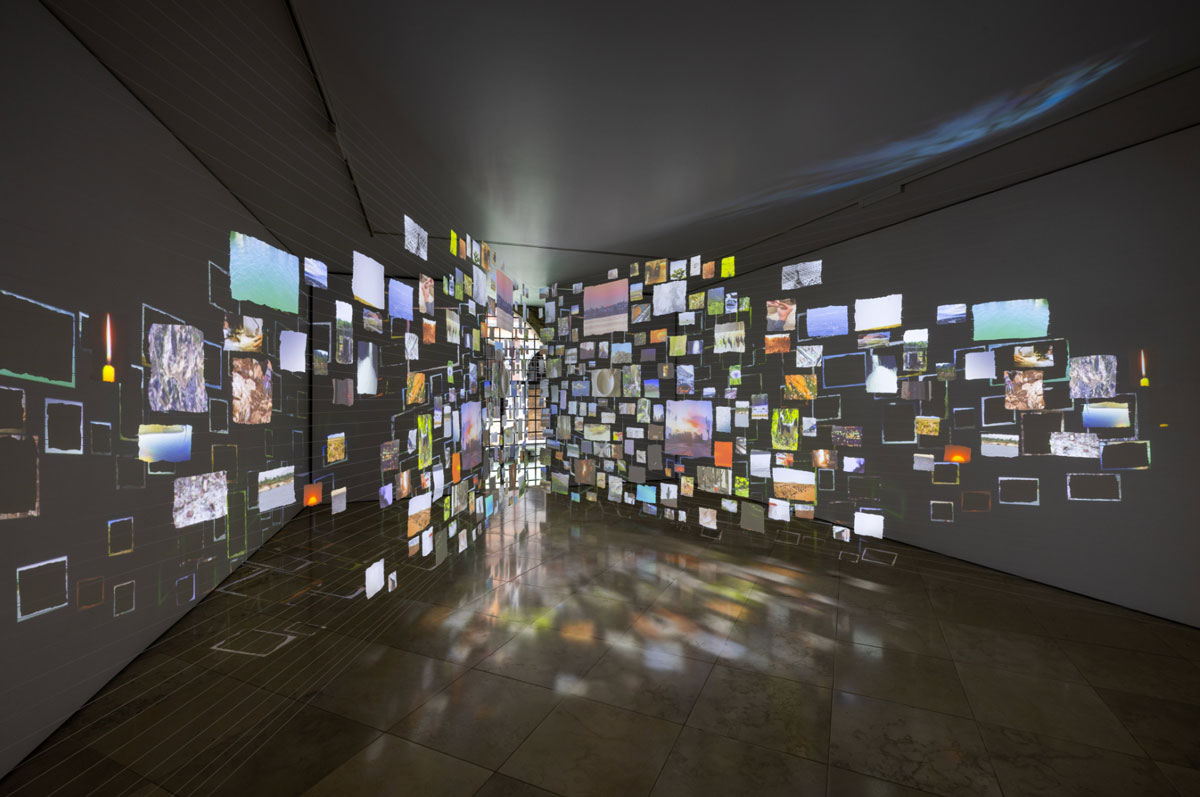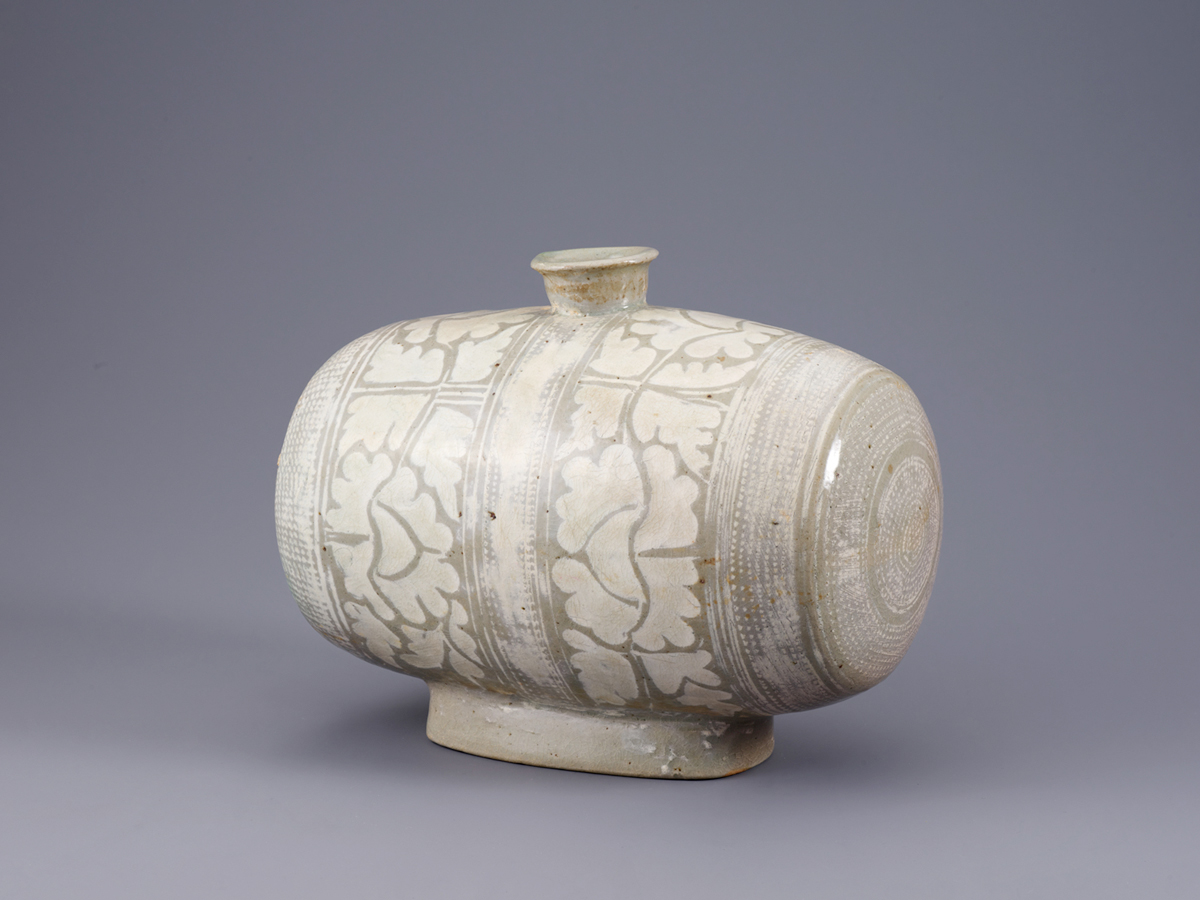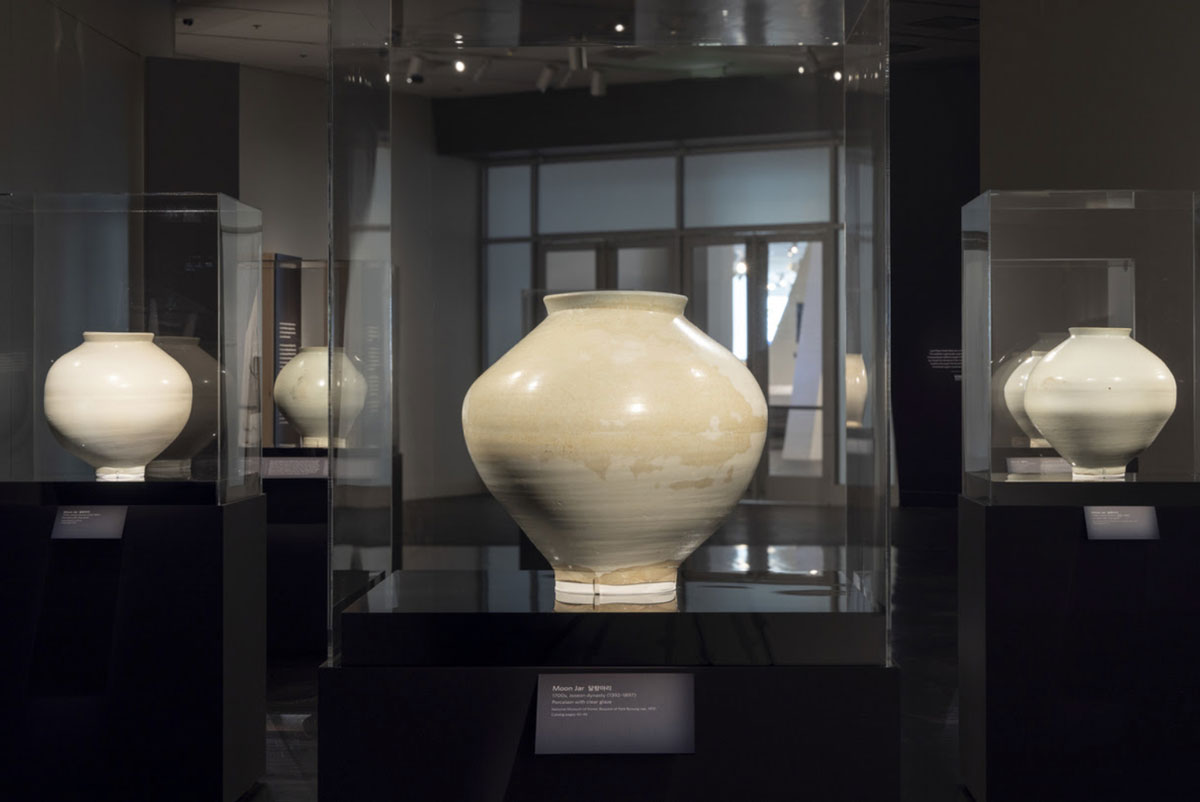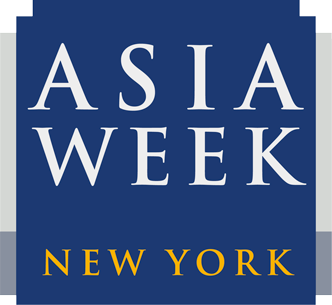NEWLY OPENED

Sarah Sze, Sleepers, 2024, mixed media, paper, strings, video projectors, and aluminum, dimensions variable. Denver Art Museum: Modern and Contemporary Art acquisition funds and support from David Gill, Nisha and Viraj Mehta, and Takeo Obayashi, 2024.897.1-3.
Fuse Box: Sarah Sze
On view through July 2026
Hamilton Building, Level 4
This summer, we are proud to debut Sleepers, a recently acquired new media installation by internationally acclaimed artist and 2003 MacArthur Fellow Sarah Sze.
In Sleepers, a six-channel video installation, moving images are projected onto over 300 hand-torn paper screens suspended from parallel lines of string. Sze’s visuals of landscapes, still-lifeism and portraits celebrate the mundane and the extraordinary, the personal and the universal, the eternal and the ephemeral, exploring our relationship with an ever-changing digital world.
Since the late 1990s, Sze has created expansive and idiosyncratic sculptures that begin with fractal-like compositions and explode into architectural space. Suffusing her dynamic constellations of everyday objects and materials with moving image projections, Sze conflates physical and digital environments to bring us closer to our current reality. To create Sleepers, the artist filmed and recorded using her iPhone and culled from various online stock footage libraries. Sleepers is Sze’s first artwork with recorded and edited sound, with everyday life serving as the primary focus of her work.
Fuse Box is a project space dedicated to the presentation of significant new media artworks created by artists recognized for their pioneering practices in film, video, sound, animation, and computer programming, including gaming, internet art, virtual reality, augmented reality, mixed reality, machine learning, and other nascent technologies.
To learn more, click here.
ONGOING EXHIBITIONS

Barrel-Shaped Bottle with Peony Motif 모란무늬 장군(액체를 담는 그릇). Korea, 1400s, Joseon dynasty (1392–1897). Buncheong with inlaid and stamped design. 8.75 × 6.25 in. dia. (22.2 × 15.9 cm dia.), National Museum of Korea: Bequest of Lee Kun-Hee, 2021. © National Museum of Korea
Perfectly Imperfect: Korean Buncheong Ceramics
Ongoing
Location: Martin Building, Level 5
Perfectly Imperfect: Korean Buncheong Ceramics, co-organized with the National Museum of Korea (NMK), features exquisite works of Korean Buncheong ceramics from the 15th century to today, renowned for their white slip and adorned with diverse surface decorative techniques. The exhibition also includes 20th- and 21st-century paintings as well as 16 drawings by painters.
Sophisticated, playful, and engaging, buncheong ceramics became a uniquely Korean art form in the late 14th to 16th centuries. Elements of the buncheong style have remained relevant in modern and contemporary Korean art and have influenced other artistic expressions. Its refined and rustic aesthetic has been admired by generations of potters and artists in Korea and across the world.
Curated by Hyonjeong Kim Han, Joseph de Heer Curator of Arts of Asia, and Ji Young Park, National Museum of Korea Fellow of Korean Art at the Denver Art Museum, along with curators at NMK, Perfectly Imperfect inaugurates unique programs, exhibitions, and collaborations between the NMK and the DAM over the next three years.
To learn more, click here.
Arts of Asia Collection
Ongoing
Originating with a major gift from Mr. Walter C. Mead in 1915, the Asian art collection is one of the earliest at the Denver Art Museum. It encompasses rare and important artworks from East Asia (China, Korea, and Japan), South and Southeast Asia, and Central and West Asia. Its holdings of some 7000 objects span nearly six millennia, from prehistoric to contemporary art. The collection boasts strengths in Chinese textiles from the Qing dynasty, South and Southeast Asian sculpture, ceramics from across the region, East Asian bamboo art, as well as Japanese Edo period painting and twentieth- century prints.
The reimagined Arts of Asia galleries showcase a breathtaking display of over 800 artworks collectively tracing visible and invisible links across time and space in the arts of Asia. Masterpieces include paintings by Edo master Itō Jakuchū, Northern Wei sarcophagus bearing animals of the cardinal directions, a ninth century BCE Assyrian bas-relief, and a Chola dynasty Dancing Śiva. Interweaved throughout are works by modern and contemporary artists such as Golnaz Fathi, Xu Bing, and Hamada Shoji.
The galleries also integrate exciting educational and interactive components, from immersive audiovisual assets to the well-loved touchable Ganesha sculpture, the remover of obstacles, and bringer of good fortune.
To learn about current works on view, click here.
RECENTLY CLOSED EXHIBITION

Installation view, Lunar Phases: Korean Moon Jars
Lunar Phases: Korean Moon Jars
March 2, 2025 – June 8, 2025
Location: Hamilton Building, Level 1
Lunar Phases: Korean Moon Jars continues the Denver Art Museum’s collaboration with the National Museum of Korea (NMK) and other institutions in Korea, inviting visitors to experience the breadth and beauty of Korea’s art and culture.
Lunar Phases explores how the moon jar from Korea’s Joseon dynasty (1392-1897) has evolved into a national artistic icon of Korea and how contemporary artists, both within and beyond Korea, reflect on the moon jar. Moon jars are elegant white globular jars that flourished in Korea during the 17th and 18th centuries, when naturalism and spontaneity became the desired aesthetic. At the same time, the simplicity of their shapes, as well as the ceramic’s unique hue in each of them, have been esteemed and respected in Korea and across the world.
The exhibition traces the artistic phases of the moon jar with 12 exquisite ceramics spanning from the 18th century to the present, each implying a month of the lunar calendar. With 21 objects in total, it also features five paintings, two photographs, one video work and one installation work in addition to an interactive mindfulness zone with a touchable moon jar from master ceramicist LEE Dong Sik.
To learn more, click here.

